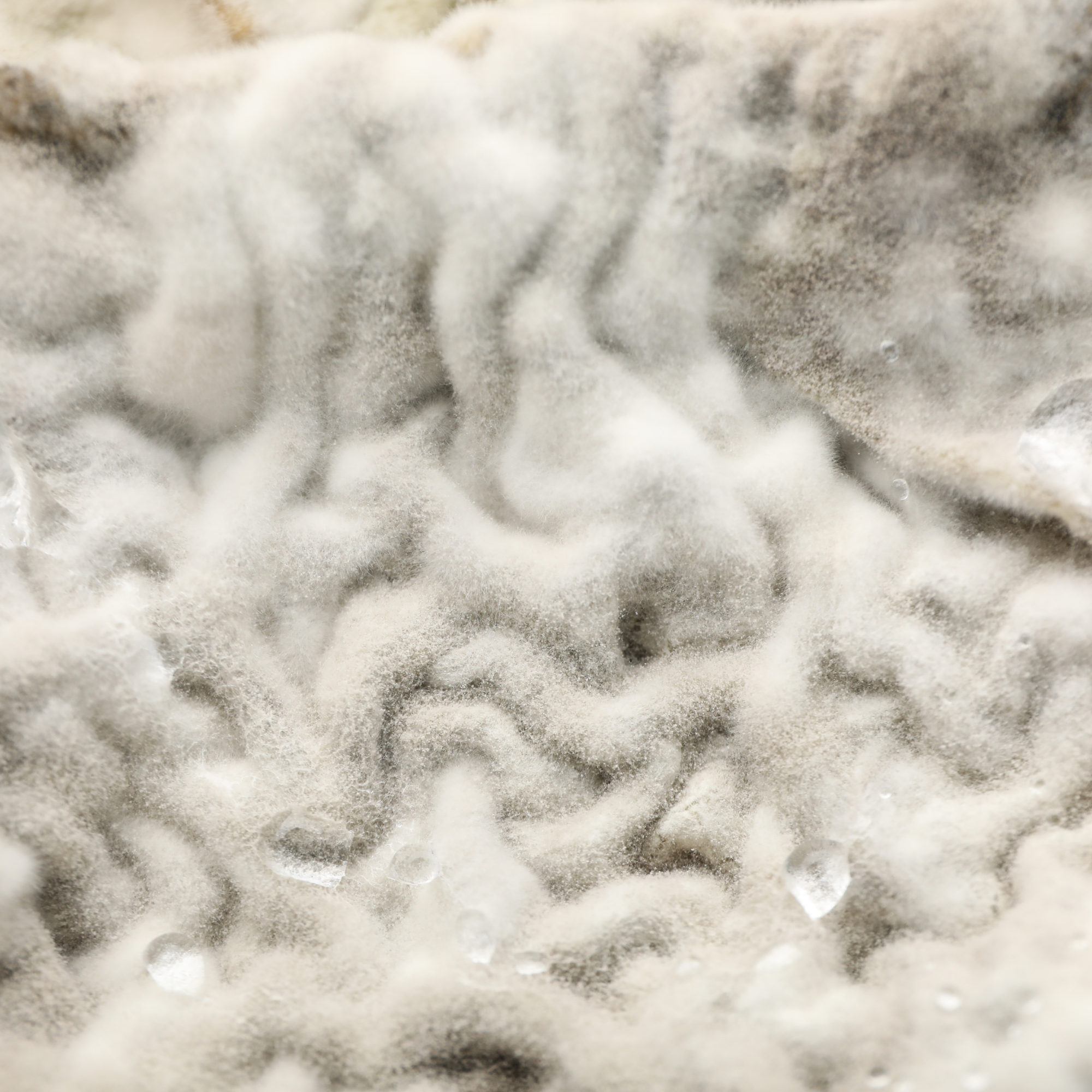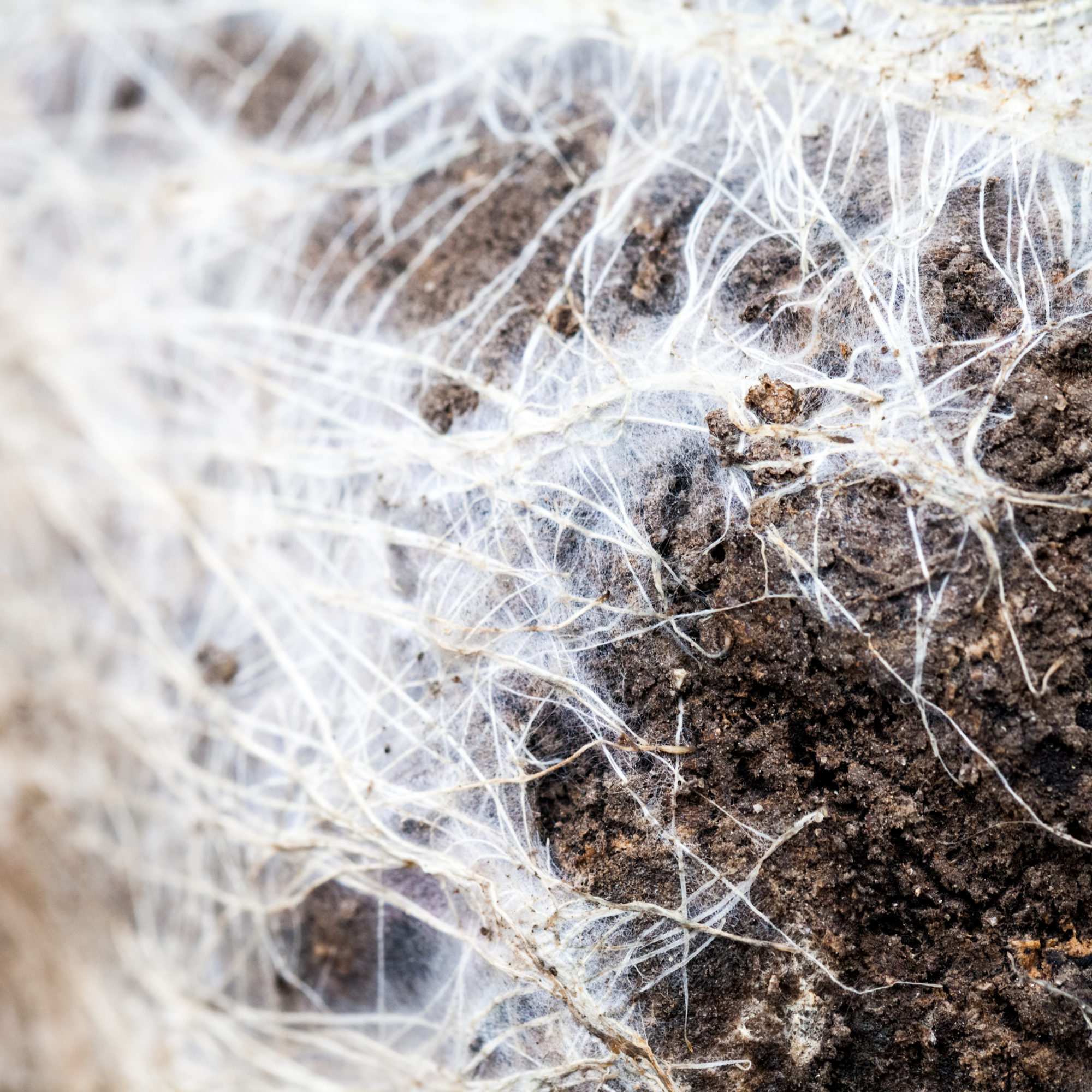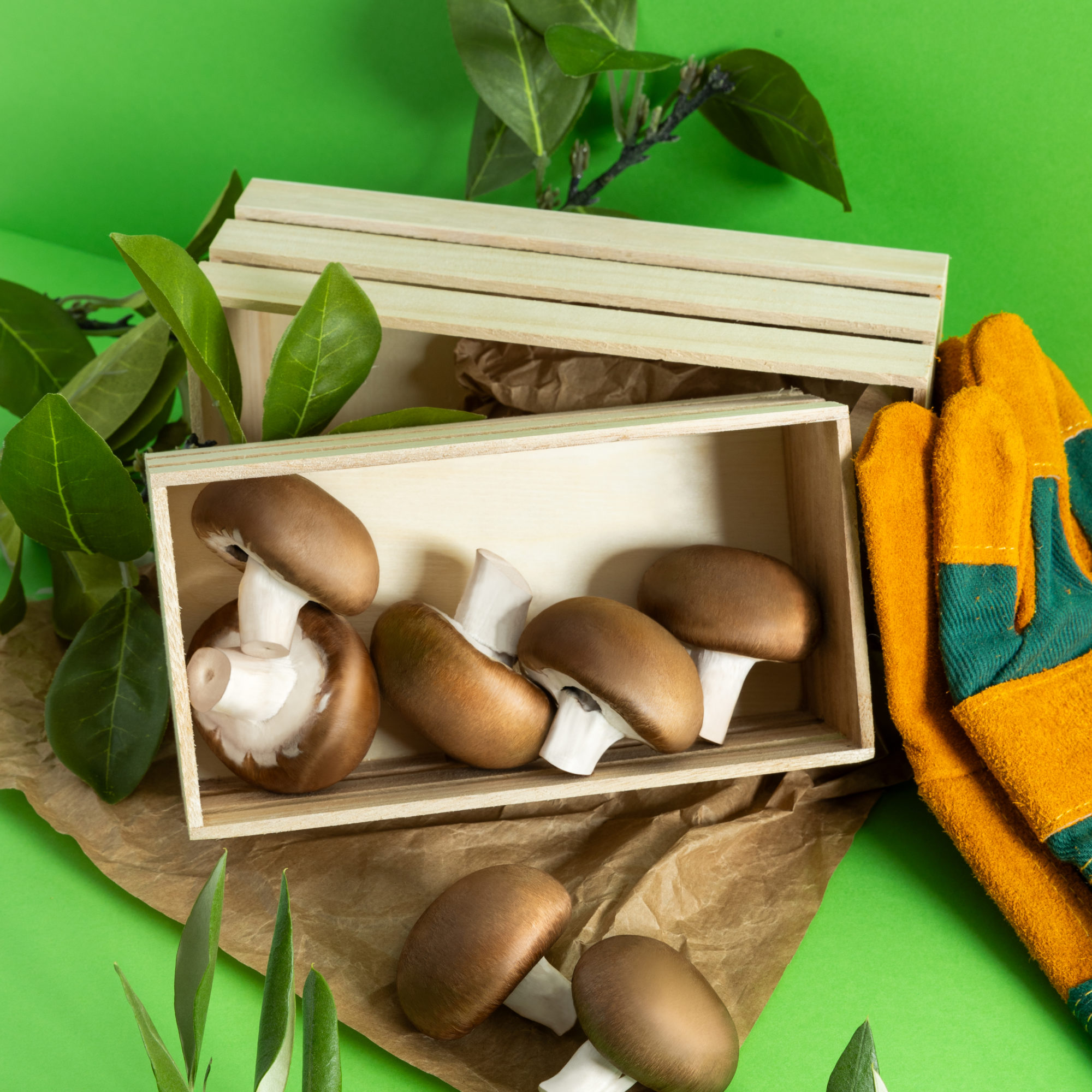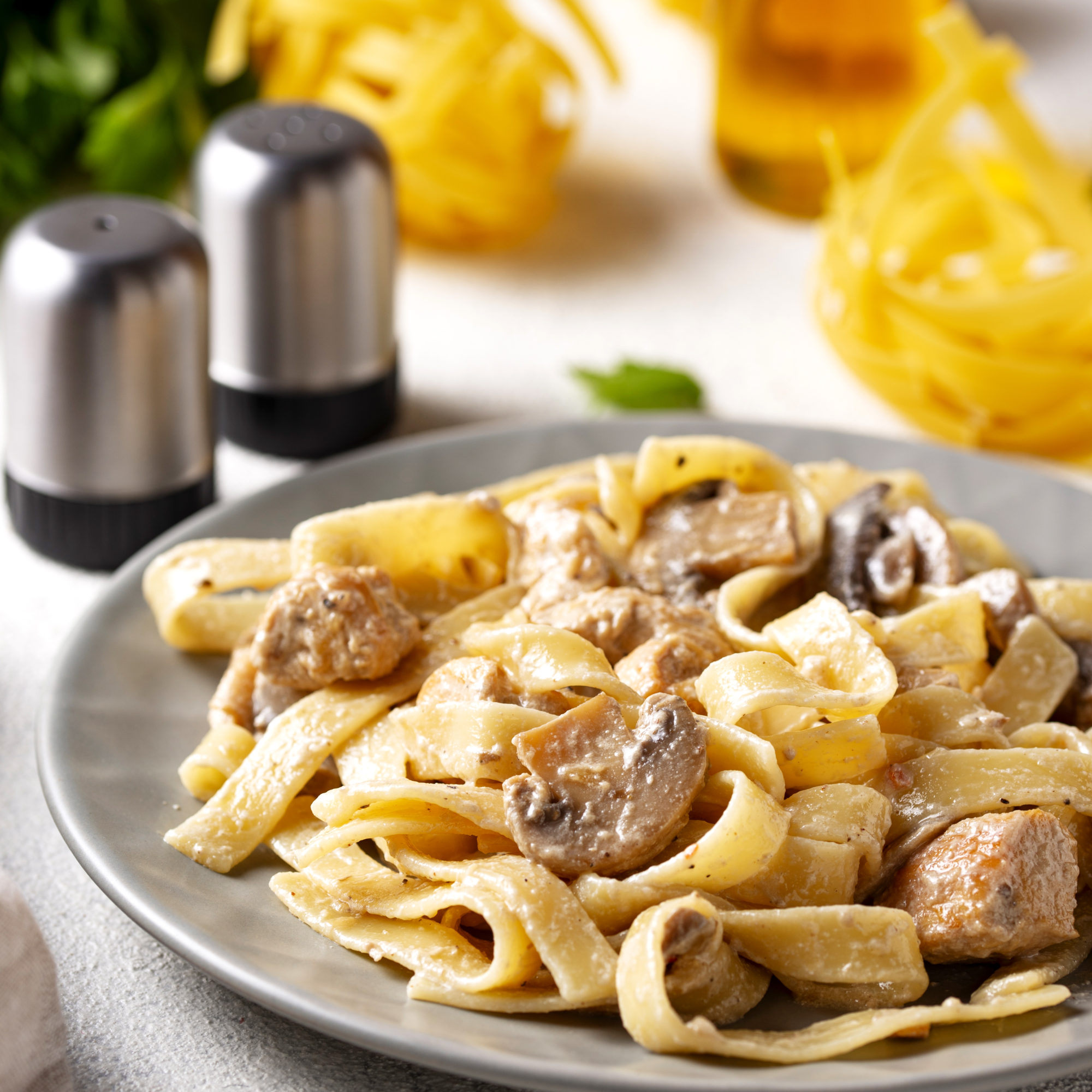What is Mycelium? Mycelium is the vegetative part of fungi – the ‘root system’ of mushrooms. It consists of microscopic threads called hyphae that form vast underground networks. While mushrooms are the visible, reproductive part we see above ground, mycelium is the hidden foundation that can span enormous areas, continuously exploring and growing.
How fast can mycelium spread?
Mycelium can grow at remarkable speeds under optimal conditions. Studies have shown that fungal networks can extend by up to 3.8 cm per day, with some species growing even faster. This growth rate allows mycelium to quickly establish vast underground networks, with some species capable of covering several meters in just a few weeks. [Source: Applied and Environmental Microbiology Journal]
How big can a single mycelium network grow?
The size of mycelium networks can be remarkable. While most spread across your average garden, some can grow to be absolutely enormous: The largest known network covers about 965 hectares in Oregon’s Malheur National Forest. [Source: USDA Forest Service]


Can mycelial networks communicate?
Yes, and it’s quite remarkable! Scientists have discovered that mycelium can actually “talk” to each other through their network of threads, similar to how our nervous system works. Here’s what these fungal networks can do:
- > Send warning signals when they detect danger (like harmful insects or diseases)
- > Share food and water with other parts of the network that need it
- > Recognize and respond to different organisms they meet underground
How do they do this? They use electrical signals, just like tiny pulses of electricity. These signals can travel at speeds of up to 0.5 meters per second.
How deep can mycelium grow?
While most mycelium is concentrated in the top 25 cm of soil, studies have found mycelial networks extending much deeper. Some species have been discovered at depths of over 90 meters in prairie soils. [Source: Soil Biology and Biochemistry Journal]
What role does mycelium play in carbon storage?
Mycelial networks are crucial in global carbon sequestration:
- > They can store up to 70% of soil carbon
- > Help transfer carbon between plants
- > Lock carbon in stable compounds that resist decomposition
Recent research suggests mycelium-based carbon storage could help fighting climate change.

🍄🟫🍄🟫🍄🟫
Want to know more about mycelium and its uses?
Check out our article on the many mysteries of the mycelium.
Next time you enjoy European mushrooms, remember there’s an incredible living network that made them possible!




